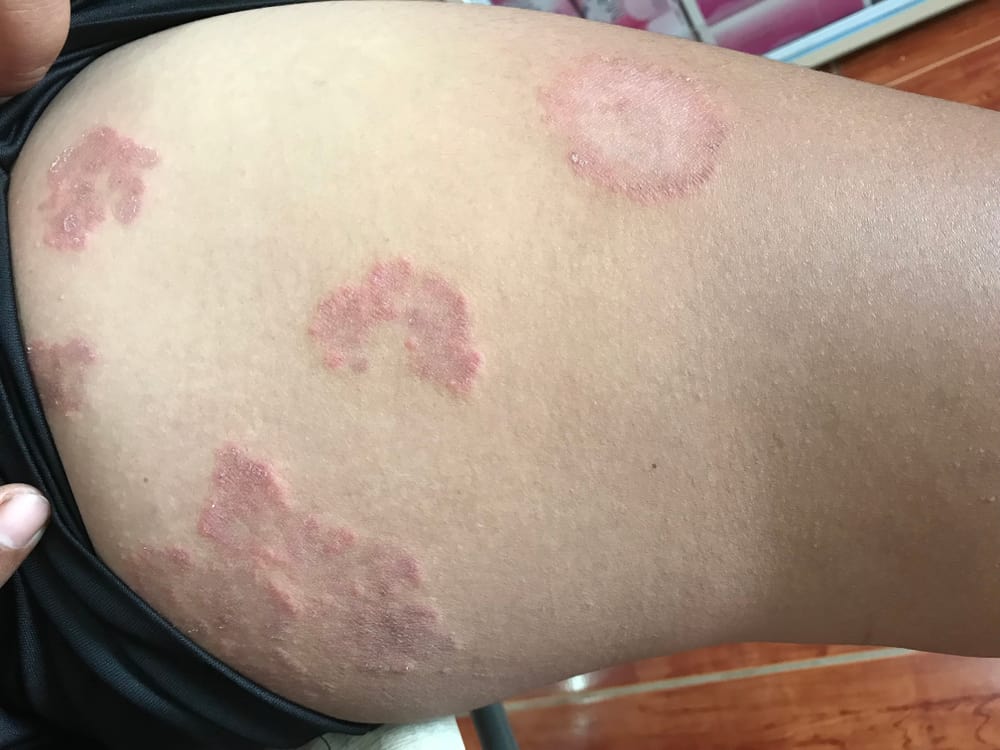Pet lovers treat their precious animals like part of the family. Somehow, pets crawl into their hearts, and soon they can’t imagine their lives before they had their pet. Pets are allowed to climb on the furniture, sleep in the bed, and eat from the table. Choosing a pet is not easy. There are so many options out there. You can choose between dogs, cats, hamsters, birds, reptiles, and fish. A lot of times, owners have to choose their pets according to their living circumstances such as the size of their home.
Most of the time, choosing a pet is about personal preferences. Many people choose to have multiple pets of all different kinds. Natural enemies such as cats and dogs coexist peacefully in the same home with the same owner. But lurking beneath the surface, our beloved animals may unintentionally cause their owners harm. Animals, like humans, carry illnesses with them. And the diseases are not limited to wild animals only. While it may seem unlikely that Fido could give you anything else than cuddles and love, there’s a chance he could make you very sick.
Here are 30 diseases your pet might give you and what to do to prevent them:

30. Ringworm
Despite its name, ringworm is a fungus and not a worm. To attack your pet’s body, the fungus needs to attach itself to skin that has been recently scratched or injured. A case of ringworm manifests itself with circular patterns. The hair around the ringworm falls out. Juvenile cats and dogs tend to contract ringworm. It’s also possible for hedgehogs, chinchillas, and rabbits to get ringworm too. In some cases, especially among cats, animals become silent carriers of the disease. They never show any signs of ringworm but may pass it on to others.

The fungus that causes ringworm contains spores. These spores easily become airborne. If they touch scratched skin, the fungus may be passed to the pet owner. The human skin will show the same circular patterns. Topical treatment with ointment will be necessary. Take pets with ringworm for immediate treatment. Wear gloves while applying ointment to the affected area.
